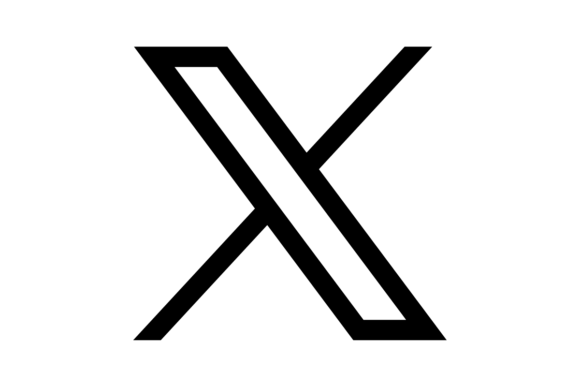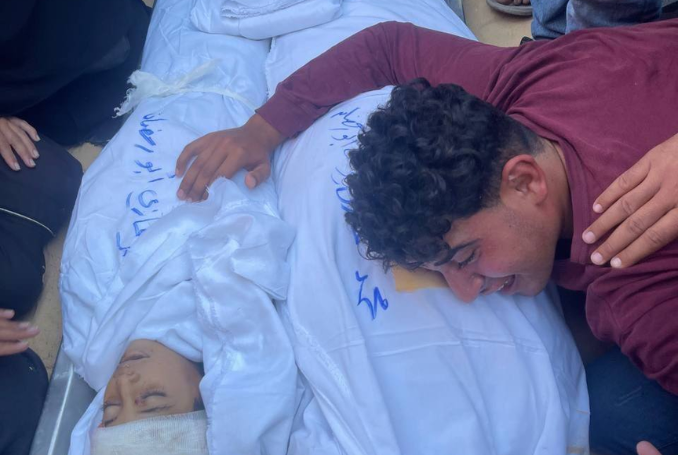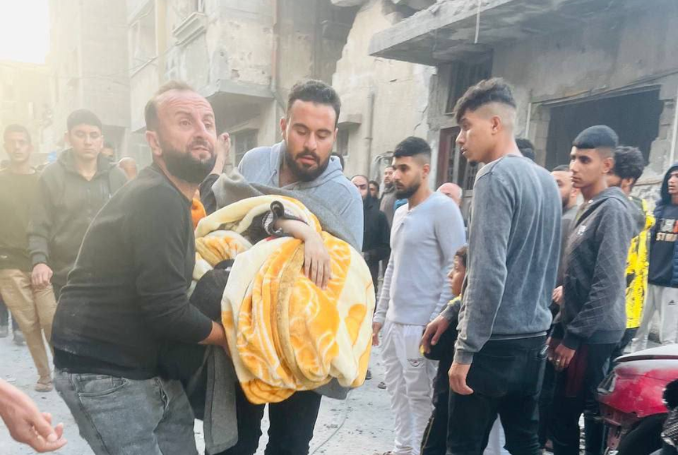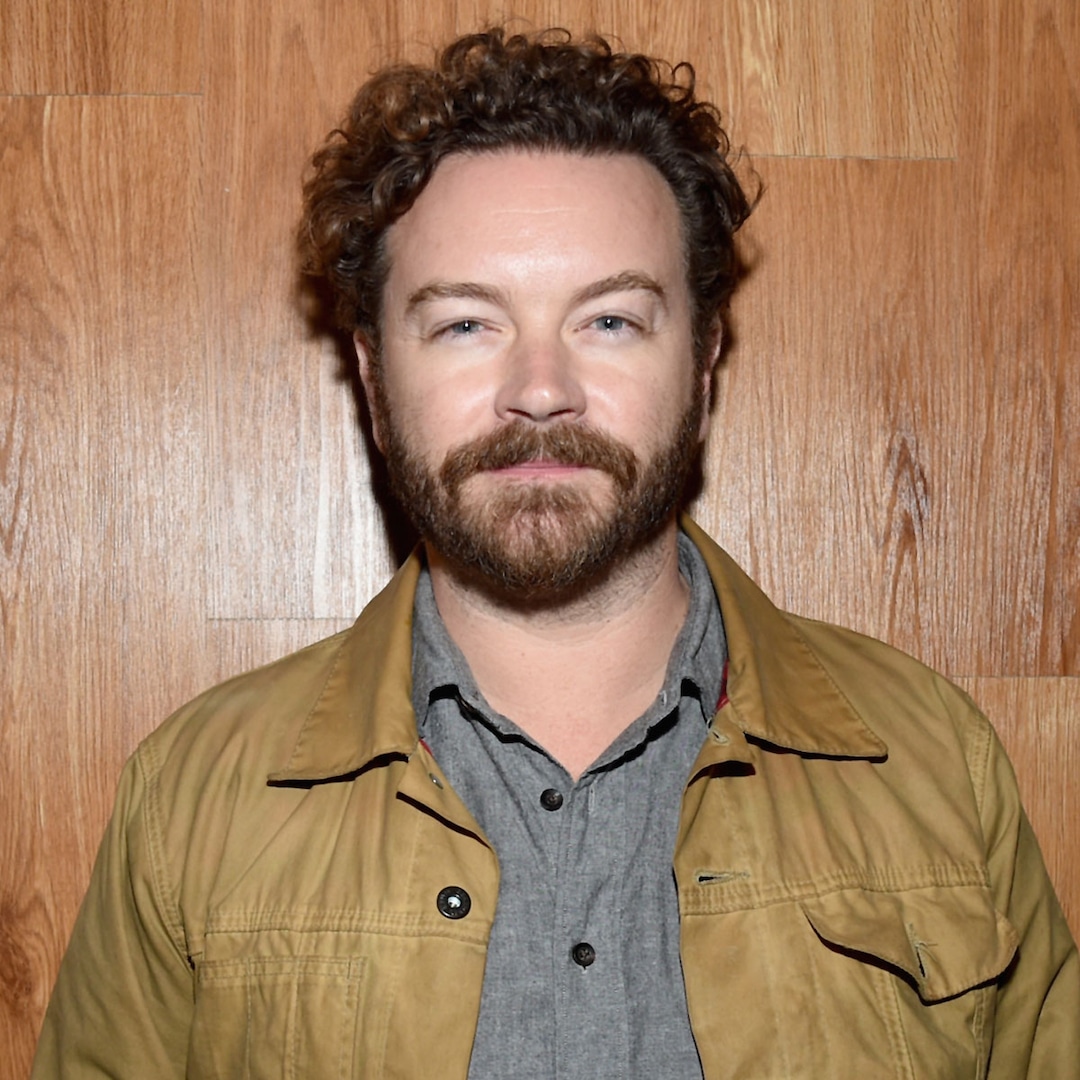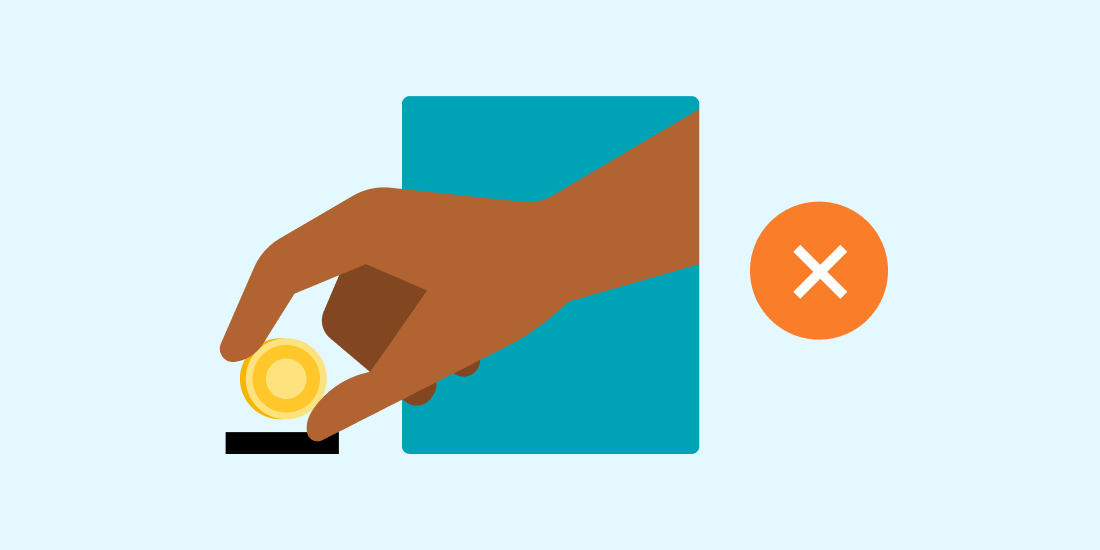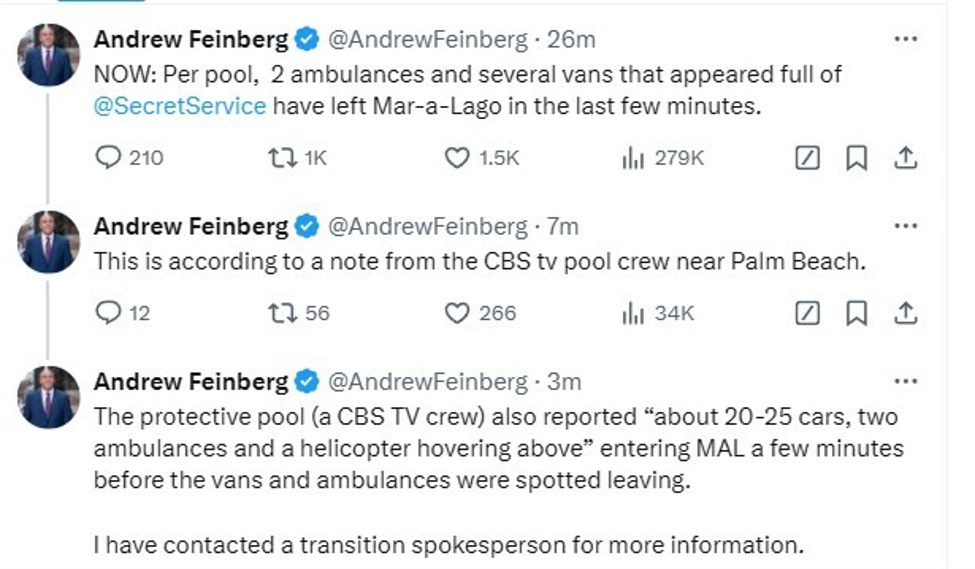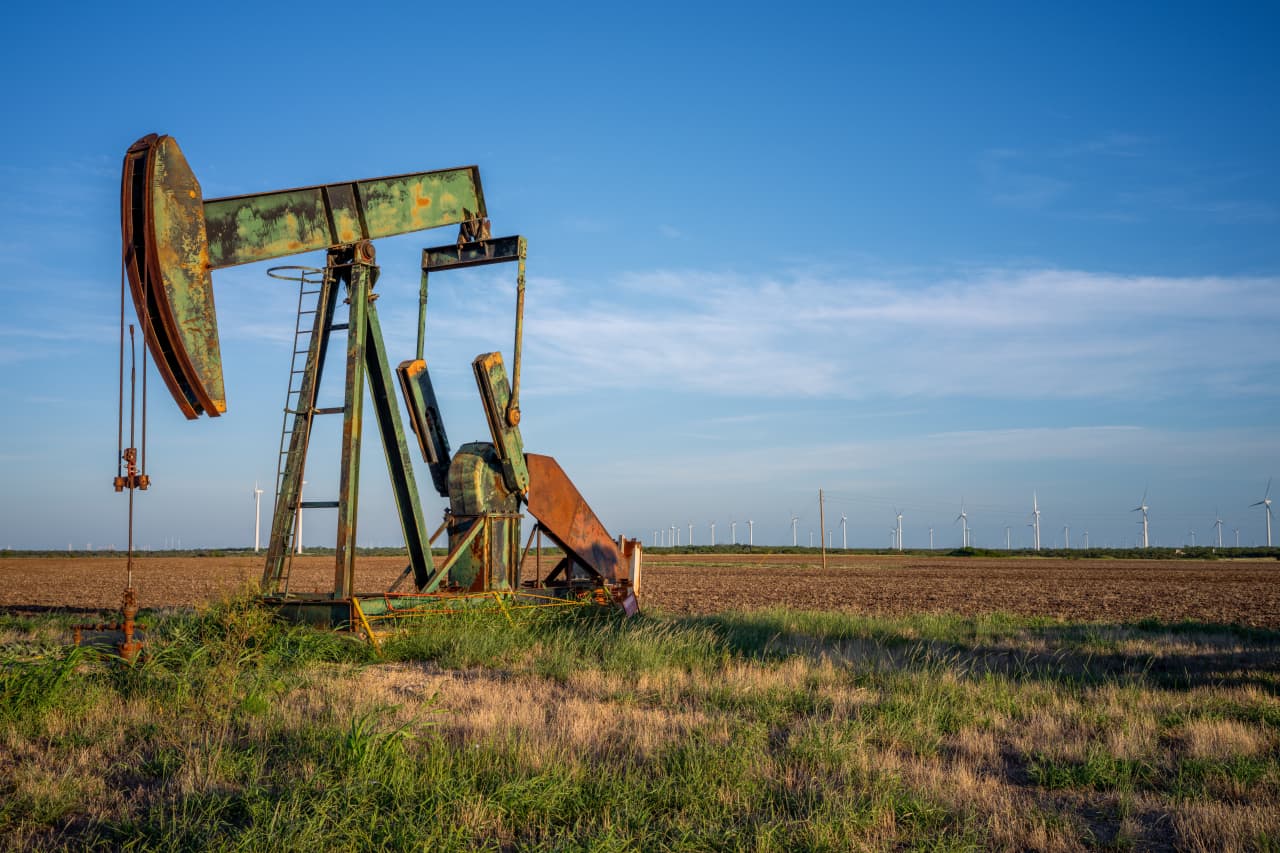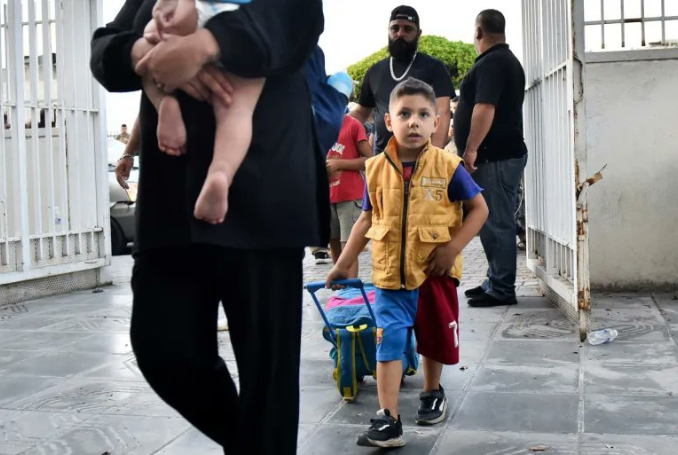

The ministry has since then launched an investigation to determine if water contamination was the source of the infection by collecting water samples for testing.
Lebanon confirmed on Wednesday the country’s first cholera case since 2022, and since the beginning of the Israeli offensive, which resulted in a massive displacement wave.
The confirmed case is that of an unnamed woman from the town of Sammouniyeh in Akkar, in the north of the country, Anadolu news agency reported.
The woman was reportedly admitted to the hospital for severe dehydration and acute diarrhea.
The Lebanese Ministry of Public Health announced on Monday that it suspected a cholera case in Akkar, which was confirmed on Wednesday.
Qana Massacre 3 – Israel’s History of Civilian Massacres in Lebanon
The ministry has since then launched an investigation to determine if water contamination was the source of the infection by collecting water samples for testing.
It is also gathering samples from people who were in direct contact with the infected woman to determine if there are any other cholera cases.
In a statement, the ministry said that it had started “investigating the epidemiological surveillance program by collecting clinical and environmental samples and conducting field visits.”
Following the detection of the first confirmed case, the ‘National Cholera Plan’ will be activated and containment measures will be implemented.
The Unsolicited Visitor
Lebanon announced in October 2022 its first confirmed cholera case since 1993, which marked the return of the disease after close to three decades.
The outbreak of the waterborne disease, which can cause life-threatening diarrhea, principally in malnourished children below the age of five, took its course for several months before Lebanon officially declared itself cholera-free in July 2023.
‘New Aggression’ – Israel Kills City Mayor, Five Others in Airstrikes on Southern Lebanon
However, this time around the outbreak of the disease comes amidst an acute financial crisis that has hit the country since 2019 and a recent intense offensive by Israel on Lebanon, which resulted in a massive displacement wave across the country.
The Lebanese Government Emergency Committee announced on Wednesday that the number of shelters has reached 1,059 centers, 876 of which stand at maximum capacity.
The Head of the committee, Minister of Environment Nasser Yassin, denied on Wednesday that Lebanon received financial aid from any country but rather “in-kind aid from friendly and sister countries and funding from international organizations.”
“In-kind aid constitutes 10% of the needs of displaced people in homes, and we estimate the number of families to be between 100 and 150 thousand,” he added.
‘New Aggression’ – Israel Kills City Mayor, Five Others in Airstrikes on Southern Lebanon
Yassin revealed that around “50 thousand families have been displaced to approved shelters, noting that the total number of displaced people exceeds 1.2 million.”
The environment minister announced that “326,467 Syrians and 124,225 Lebanese crossed into Syrian territory from September 23 to October 14.”
War on Lebanon
Since the start of the Israeli war on Gaza, on October 7, 2023, the Lebanese movement Hezbollah has engaged directly, but relatively in a limited way in the war against the Israeli occupation.
Israel escalated its aggression with the cyber-terror attacks on September 17 and 18, which claimed the lives of at least 37 people including children, and injured around 3000 others.
This went hand in hand with a series of assassinations of Hezbollah leaders, the last of which was that of the Secretary-General of the resistance party Hassan Nasrallah on September 27.
These developments coincided with unprecedented bombings and airstrikes by Israel’s army on different cities across Lebanon particularly in the south, Bekaa and the southern district of Beirut.
The Lebanese Ministry of Health announced on October 16 that 2367 Lebanese were killed and 11088 were injured since the beginning of the Israeli aggression on Lebanon.
(PC, Anadolu)


